Introduction
Spin back in time with turntables, the ever-charming record players that bring vinyl records to life! Their captivating allure and unrivaled depth of sound leave digital formats in the dust, making turntables a beloved favorite among music aficionados and collectors across generations.
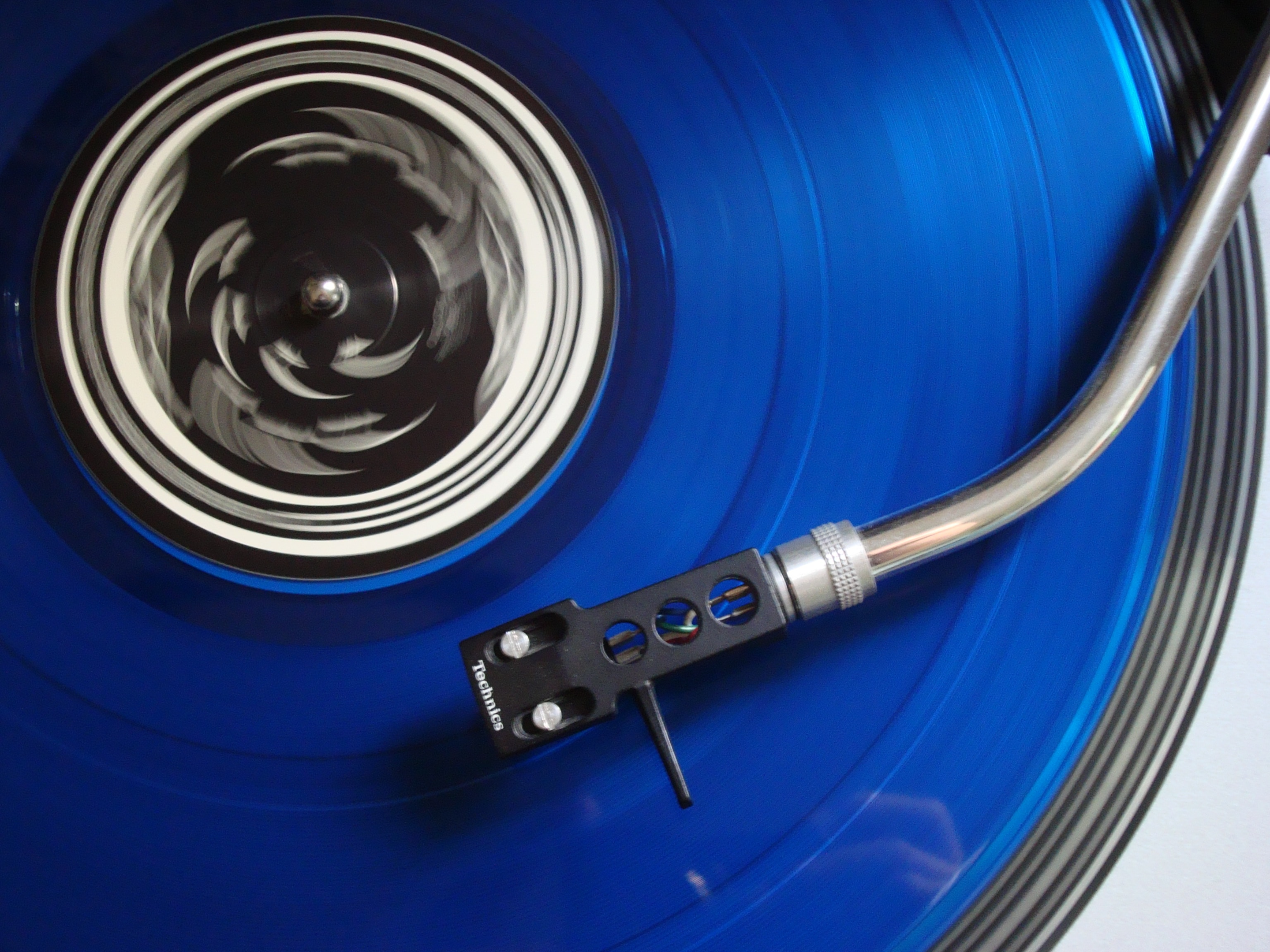
But hey, no device is perfect! Turntables can hit a few bumps along the way, especially considering the fragile nature of their intricate parts.
Learning how to repair common problems with your turntable is essential to keep it in optimal condition and continue to play records smoothly.
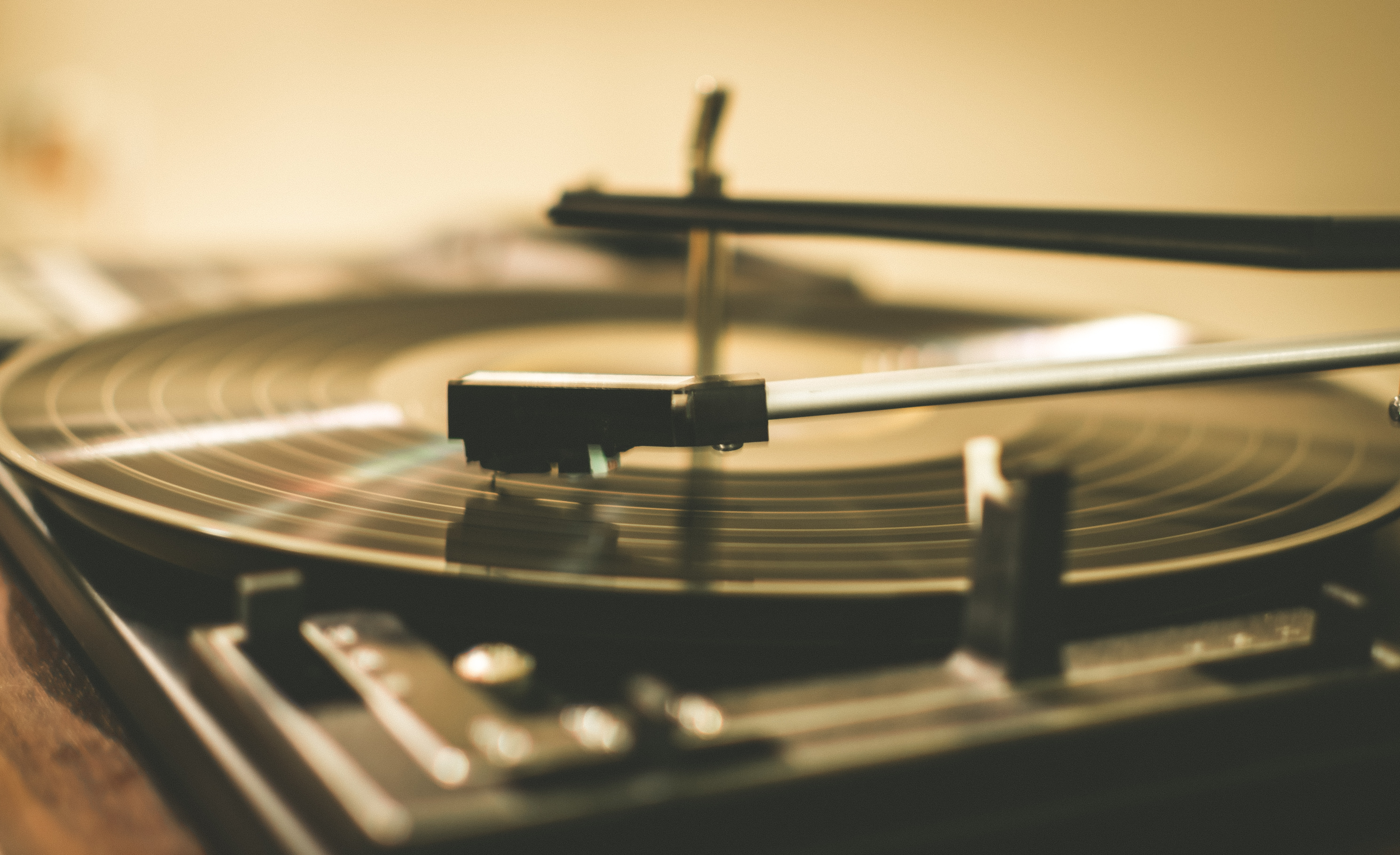
By understanding the intricacies and process of turntable repair, you can preserve the life of your cherished audio equipment and ensure that the rich sounds of vinyl continue to fill your home for years to come.
Understanding the Basics of Turntable Repair
Before attempting any professional turntable repair, it's crucial to understand the basic components of a turntable and its functions.
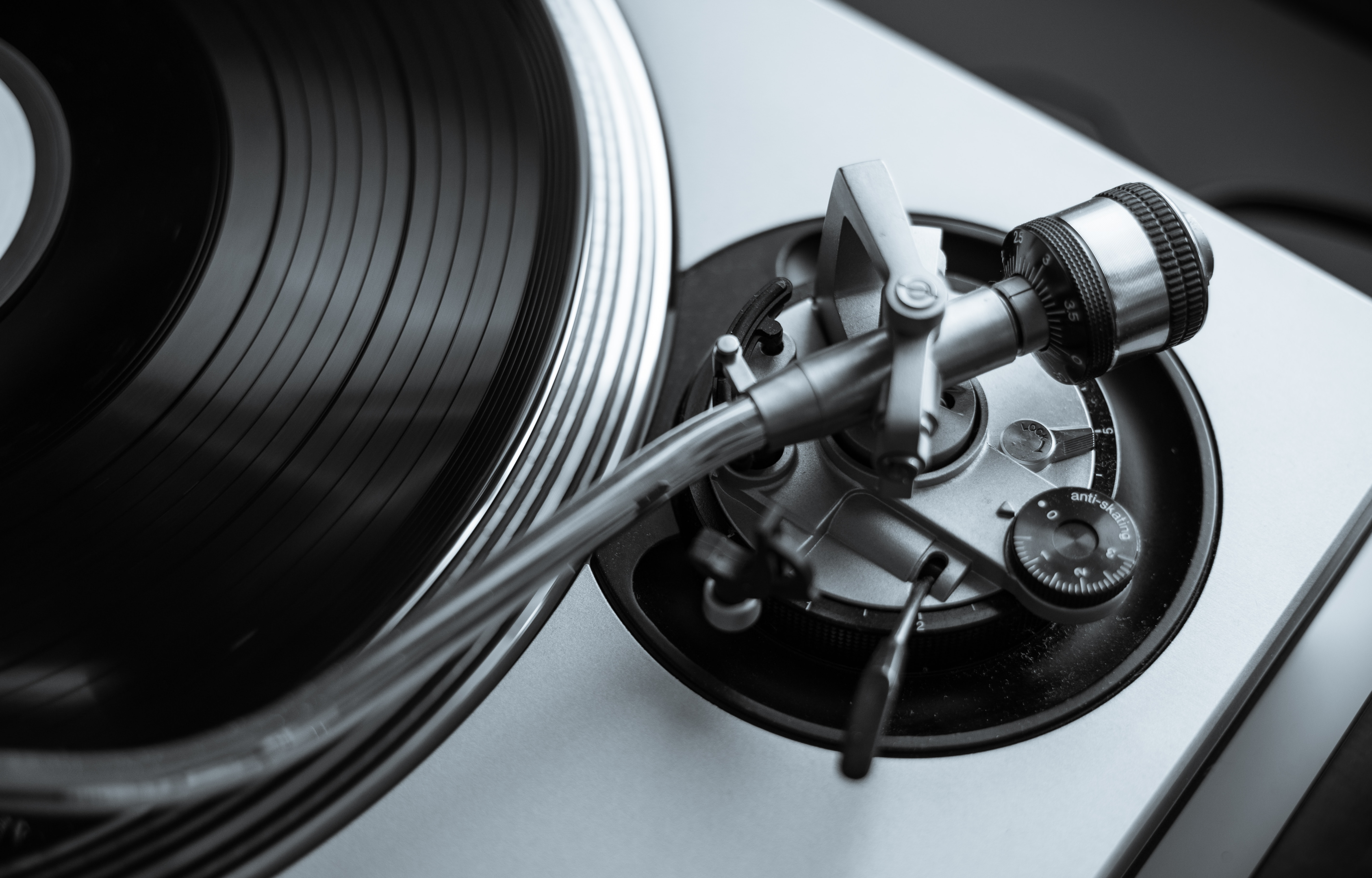
Armed with this know-how, you'll be a vinyl virtuoso, pinpointing problems like a pro! Plus, you'll save time and cash by handling those minor hiccups all by yourself.
Some key parts include:
Platter: This is the circular platform where the record sits and spins.
The platter's stability and balance are essential for ensuring smooth playback and preventing unwanted vibrations that can affect sound quality.
Motor: Turntables have either a direct drive or belt drive motor.
Direct drive motors connect directly to the platter, providing consistent speed and torque.
Belt drive motors use a rubber belt to connect the motor to the platter, which can help reduce motor vibrations but may require more frequent maintenance.
Stylus (needle): The stylus is the small, sharp tip that traces the grooves on the vinyl record, converting the physical vibrations into electrical signals.
Styluses can be made from various materials, such as diamond or sapphire, and need to be replaced periodically to maintain optimal sound quality.
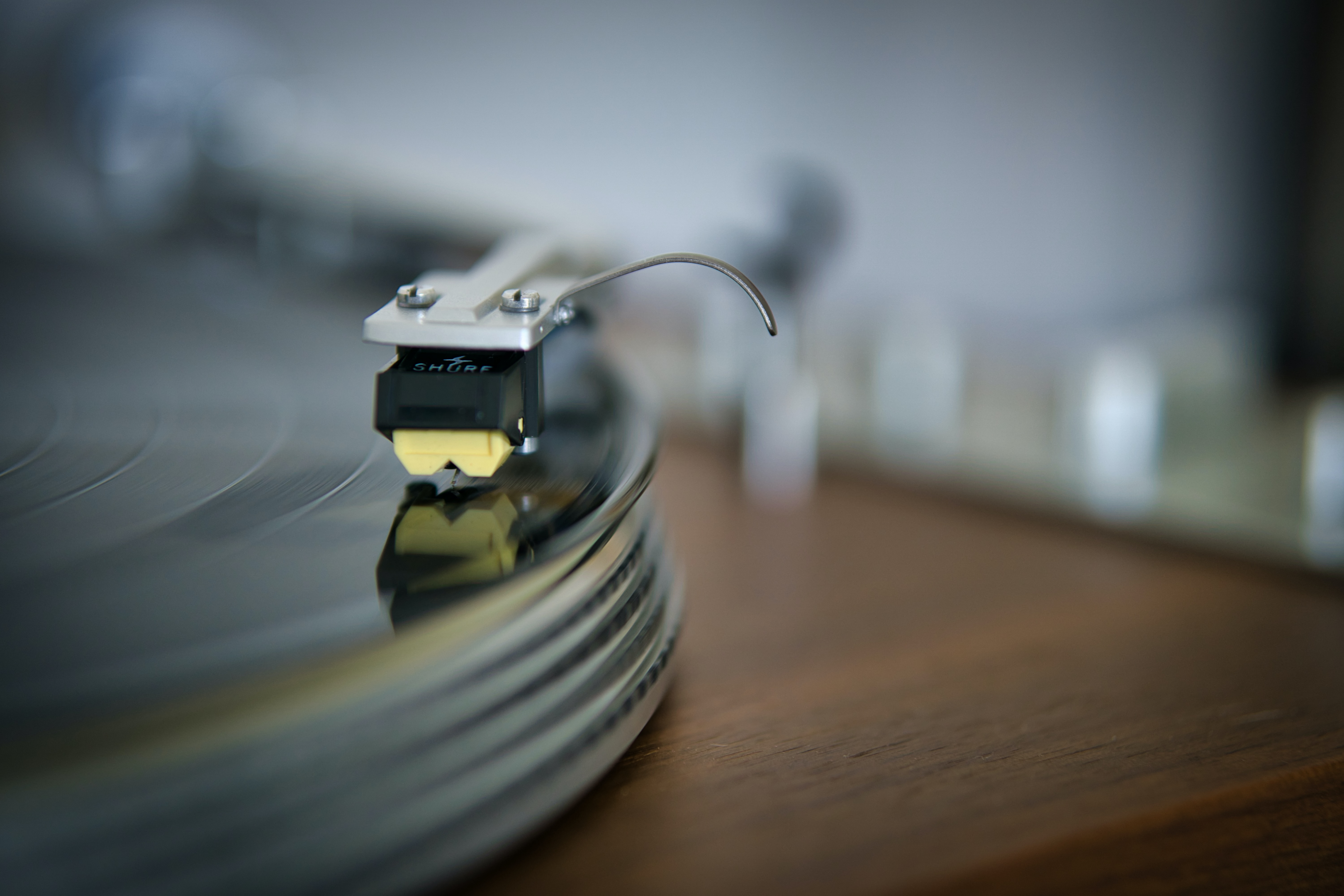
Cartridge: The cartridge houses the stylus and is responsible for generating the audio signal from the stylus's vibrations.
Cartridges come in different types, such as moving magnets (MM) or moving coil (MC), each with its own unique sound characteristics.
Tonearm: The tonearm is the long, pivoting arm that holds the cartridge and stylus in place over the record.
It plays a vital role in maintaining proper tracking force and alignment, ensuring that the stylus stays in contact with the record grooves and produces accurate sound reproduction.

Understanding how each part works together will make it easier to identify the root cause of any issues and determine the most effective solution for your particular turntable model.
Common Issues with Record Players and How to Identify Them
Beware the pesky trio of turntable troubles: skipping or slow records, funky distorted sounds, and speed snafus. Keep an ear out for these common culprits that can put a damper on your vinyl vibes!
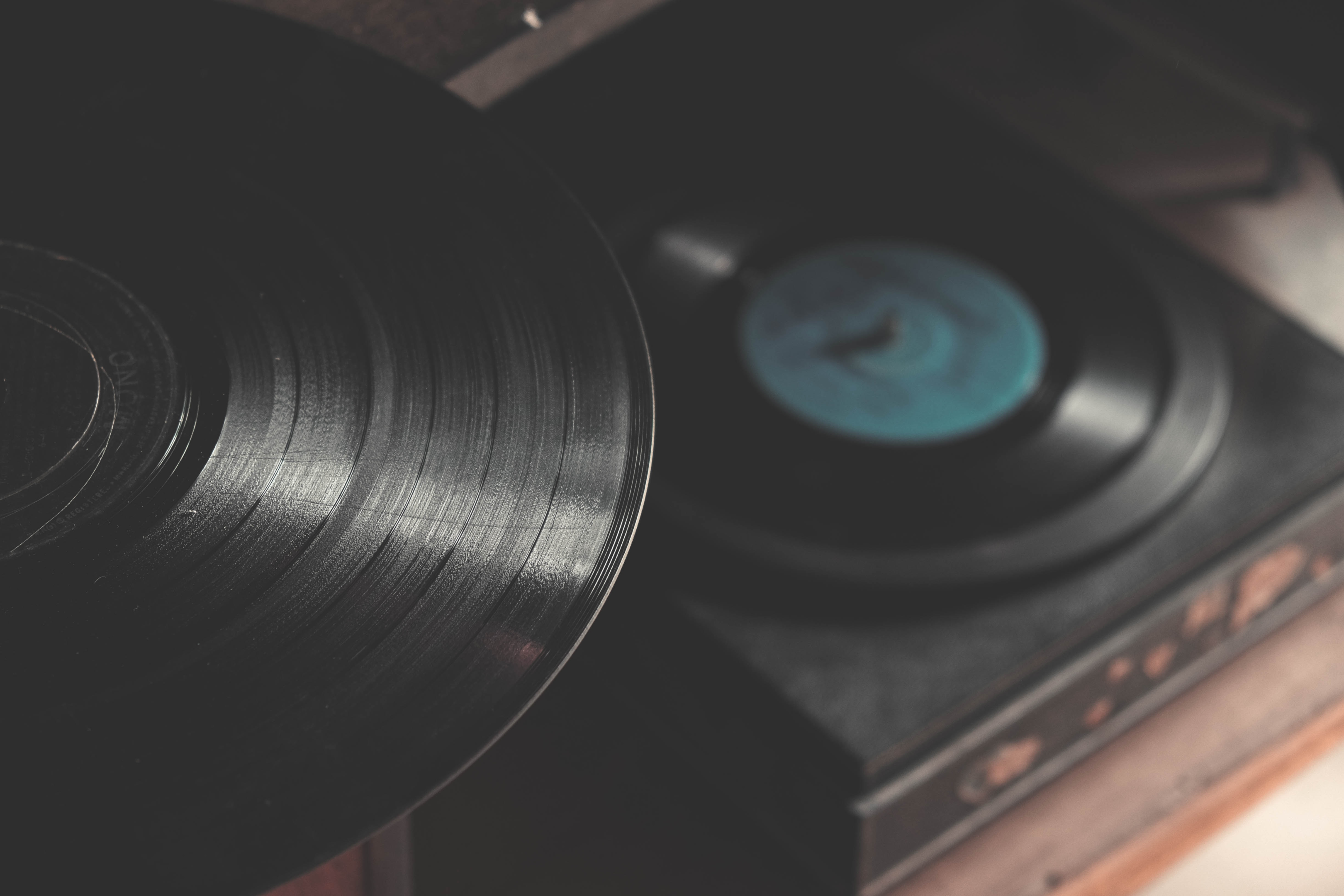
By observing your turntable's performance, you can identify these issues and decide on the best course of action for repairing them.

Proper Record Sits: The Foundation for Smooth Play
For a flawless spin, make sure your record sits pretty on the turntable. A perfect sit means a flat and level vinyl surface, paving the way for a sweet meet-cute between the stylus and the groovy record grooves!
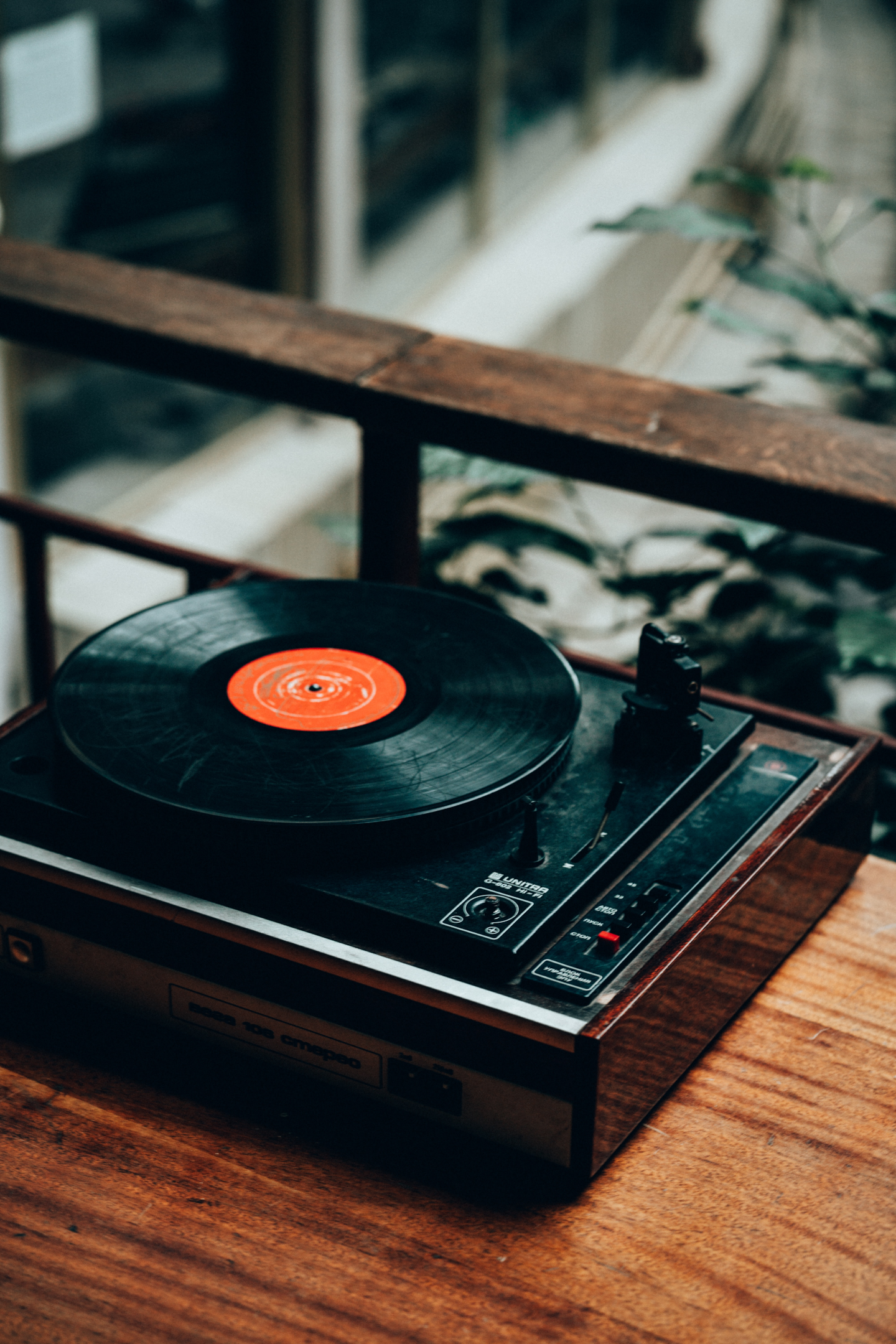
This ensures that the stylus can accurately track the grooves, converting the physical vibrations into electrical signals that produce clear audio.
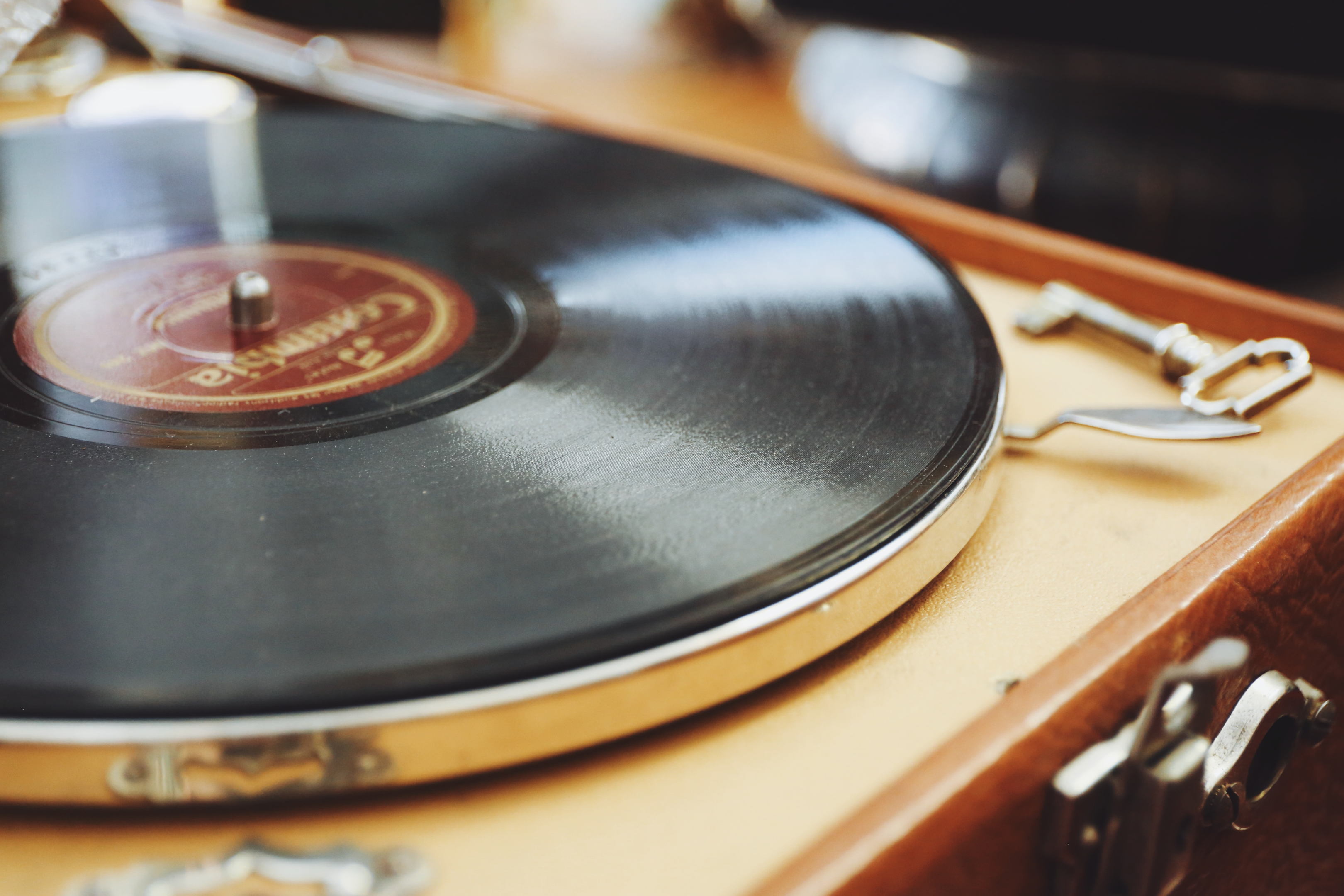
If the record sits unevenly, it may cause skipping or distorted sounds due to inconsistent contact between the stylus and the record.
To fix this issue and achieve a proper record sit, follow these steps:
Clean the platter: Make sure the platter is clean and free of dust, debris, or residues that could cause the record to sit unevenly.
Use a soft, lint-free cloth or a specialized cleaning solution to gently wipe the platter's surface.
Check the record: Inspect the vinyl record for any warping, dirt, or damage that may prevent it from sitting flat on the platter.
Clean the record using a record brush or cleaning solution if necessary, and store it properly in its sleeve when not in use to avoid warping.

Position the turntable on a level surface: The surface on which your turntable rests plays a crucial role in achieving a proper record sit.
Use a bubble level or a smartphone leveling app to check if the surface is level. If it's not, adjust the turntable's feet, add shims, or choose a different surface to ensure your turntable is level.
Inspect the turntable mat: Some turntables have a mat on the platter that provides additional grip and damping for the record. Check the mat for wear, damage, or debris, and replace it if necessary.
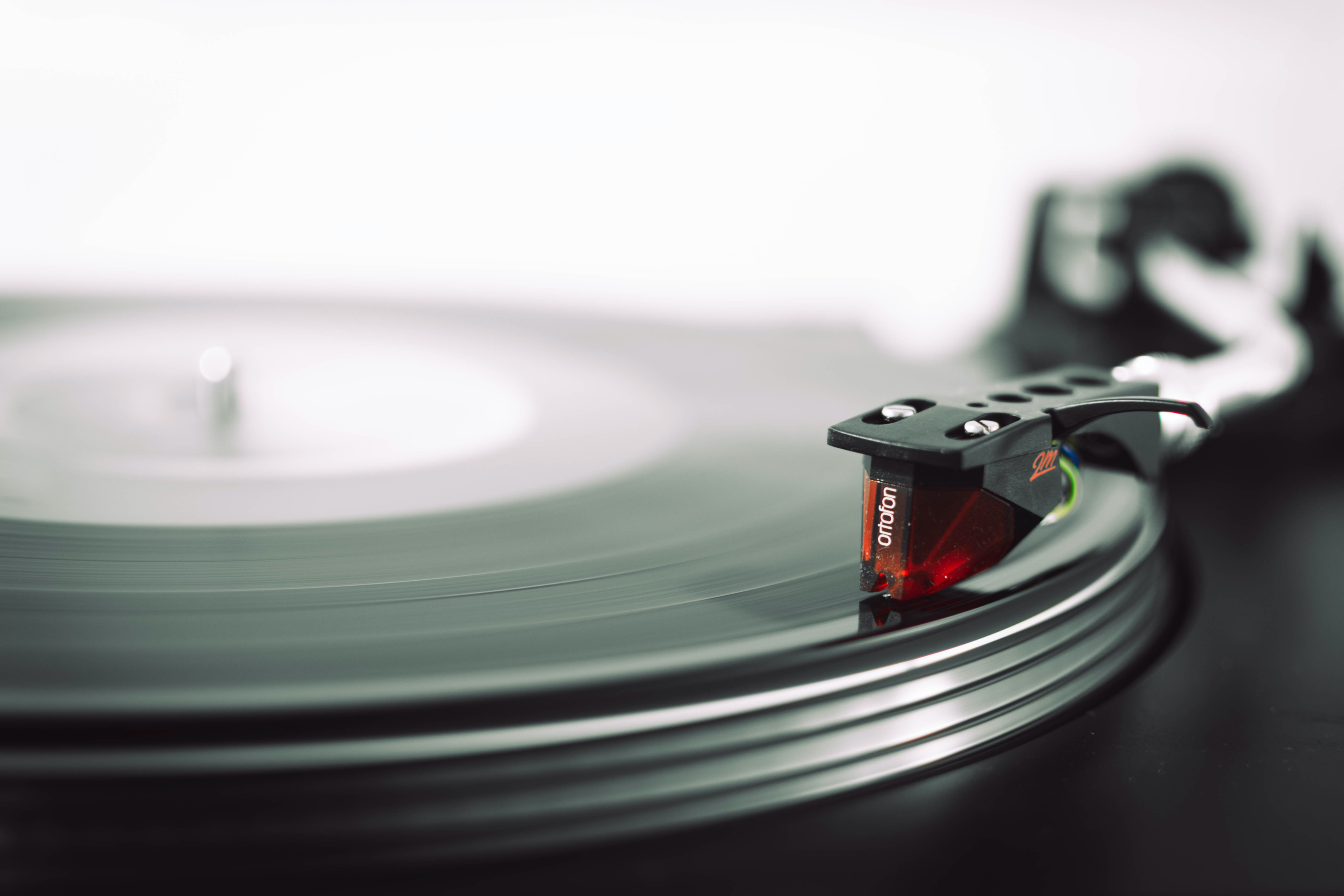
By following these steps and ensuring a proper record sit, you can prevent common playback issues, such as skipping and distortion, and enjoy a consistently high-quality listening experience with your turntable.
Also check out: Ready to dive into the world of vinyl record collecting? Get your groove on with these essential tips for beginners and enthusiasts and master the art of vinyl!
Troubleshooting and Repairing Record Player Speed Issues
Speed issues in record players are generally caused by a loose or old belt, a worn motor, or incorrect settings.
To troubleshoot and repair these issues, first, determine whether your turntable is belt-driven or direct drive.
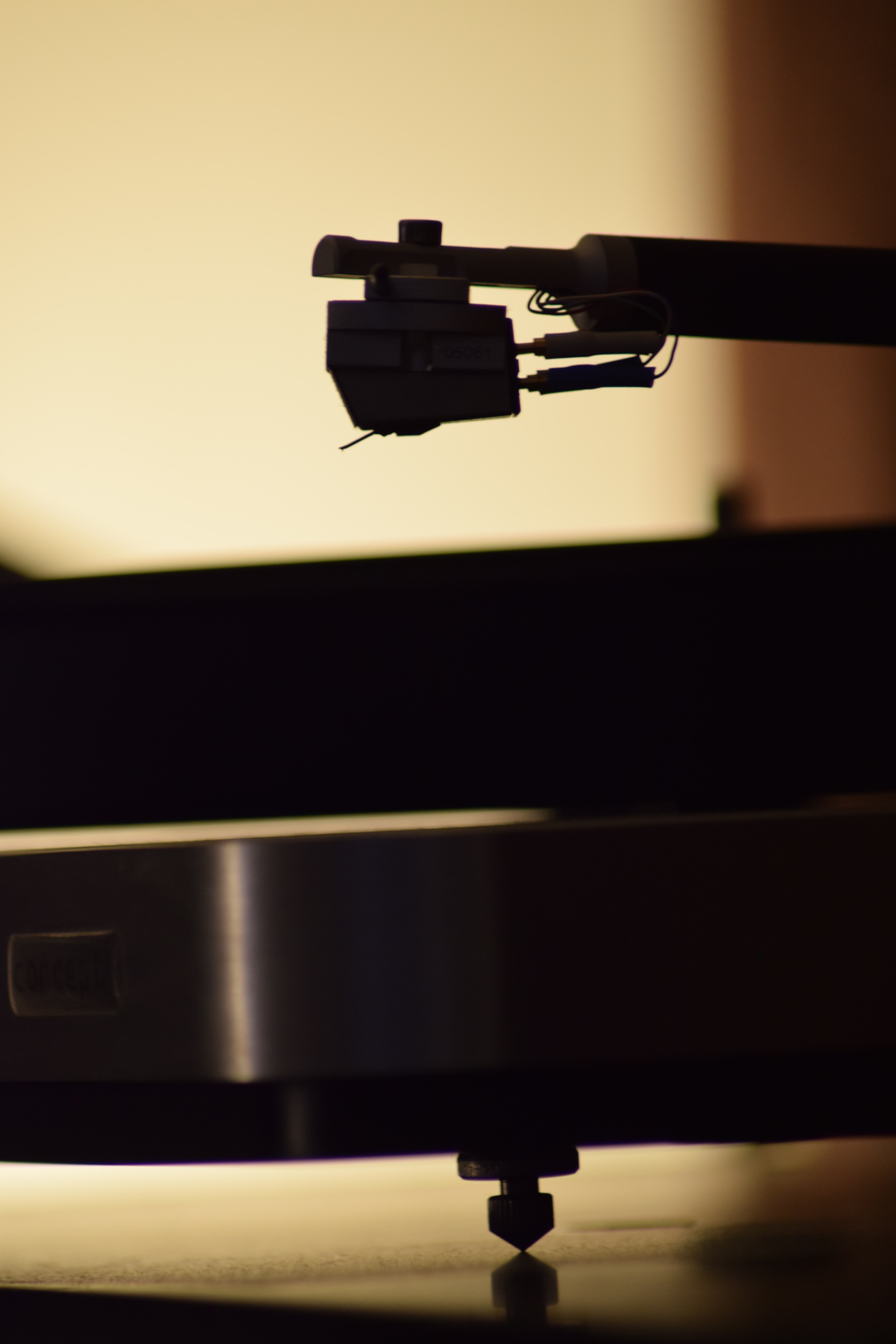
For belt drive models of turntables, inspect the belt for wear, and consider replacing it with a new belt if necessary.
If your turntable is direct drive, you may need to service the motor or adjust the speed settings.
Fixing Skipping Records: Tips and Tricks
To fix skipping records, try cleaning the stylus with a soft brush or specialized cleaning solution. Additionally, adjusting the tracking force on the tonearm can help prevent skipping.
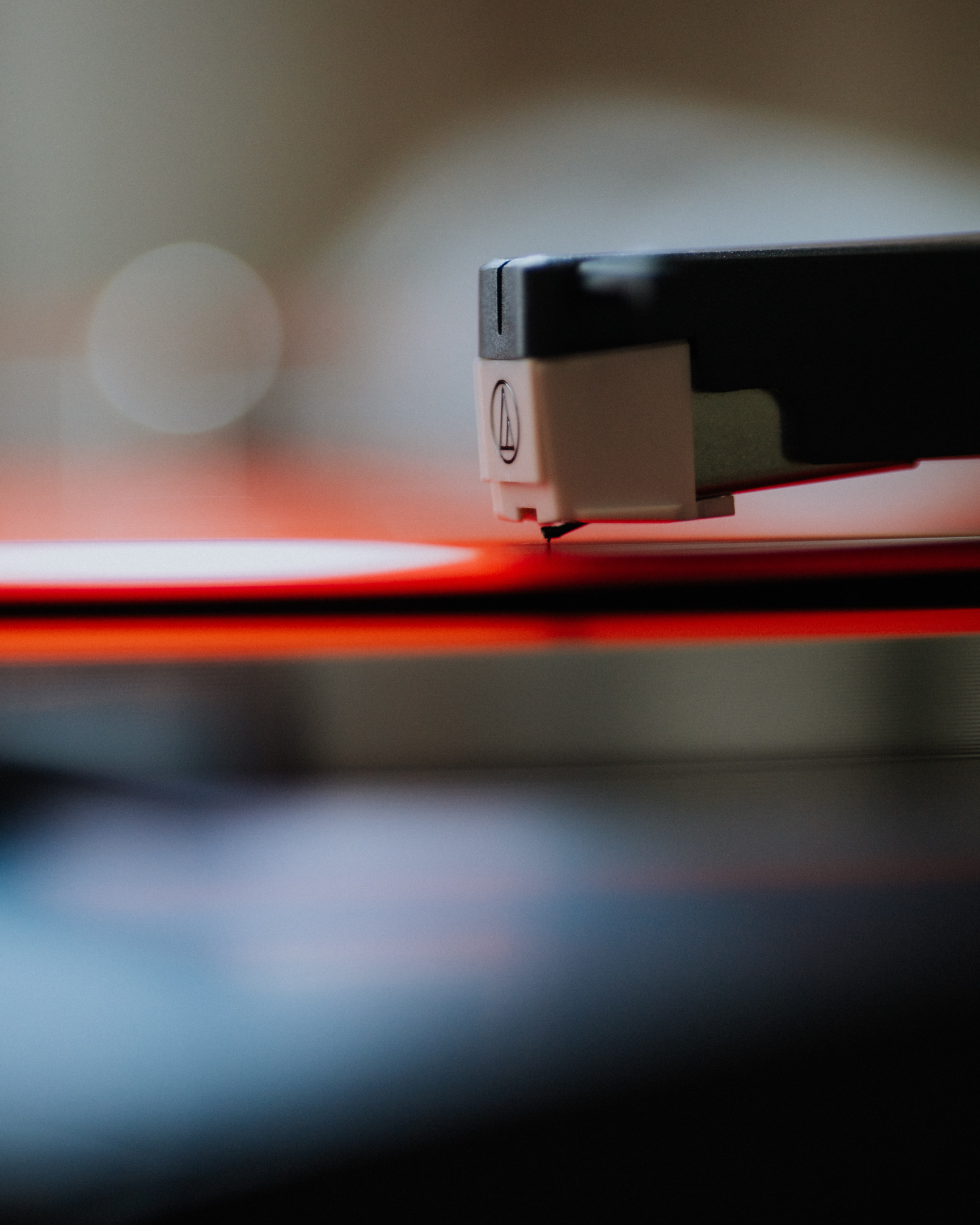
Level up your turntable game! A balanced turntable and a perfectly seated record are your secret weapons to boost performance and kick-skipping to the curb.
Repairing Distorted Sound in Your Turntable
Distorted sound in turntables can be caused by various factors, such as misaligned cartridges, worn needles, or loose connections in the tonearm.
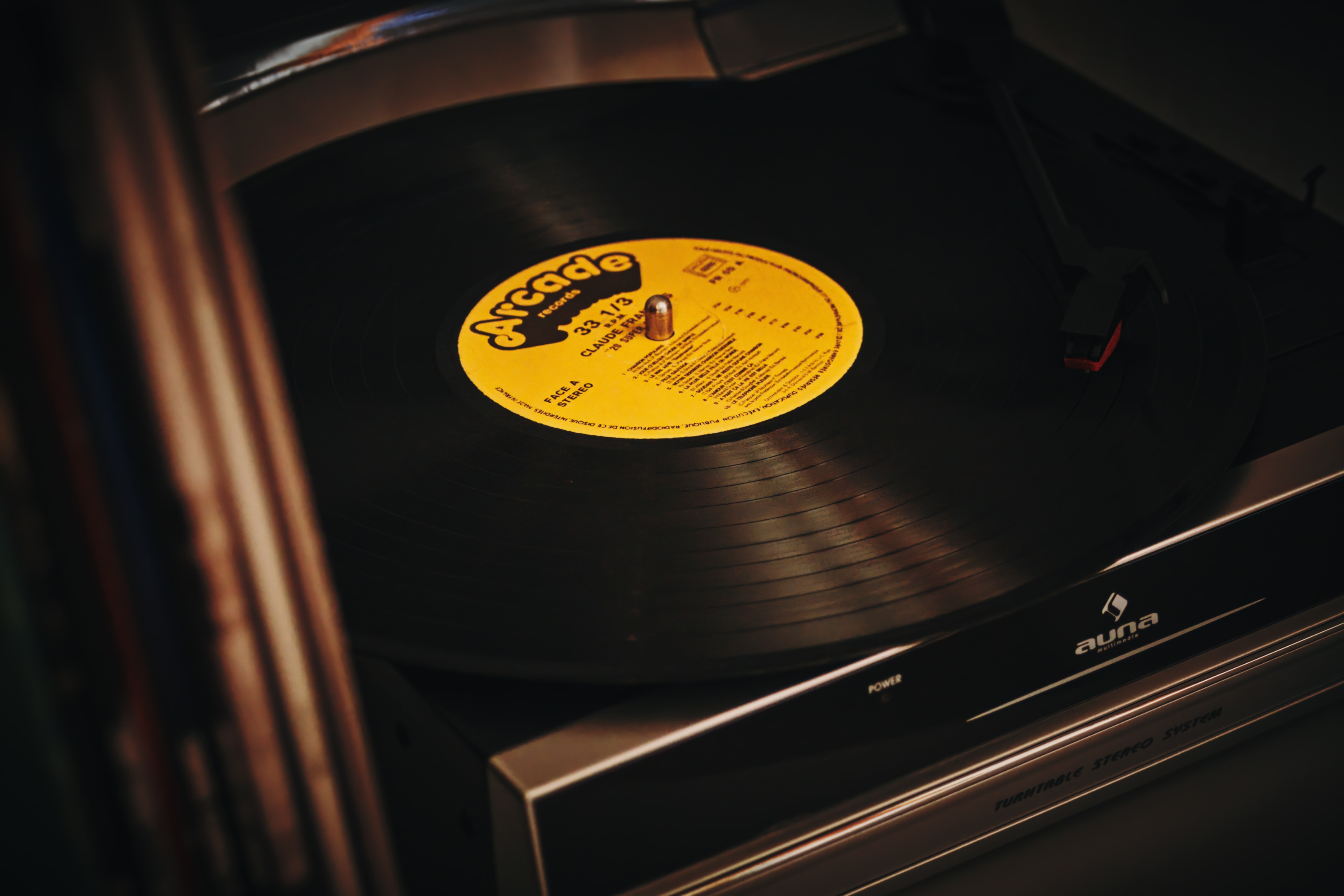
To repair these issues, check the cartridge alignment using a cartridge protractor and replace the stylus if it's worn or damaged.
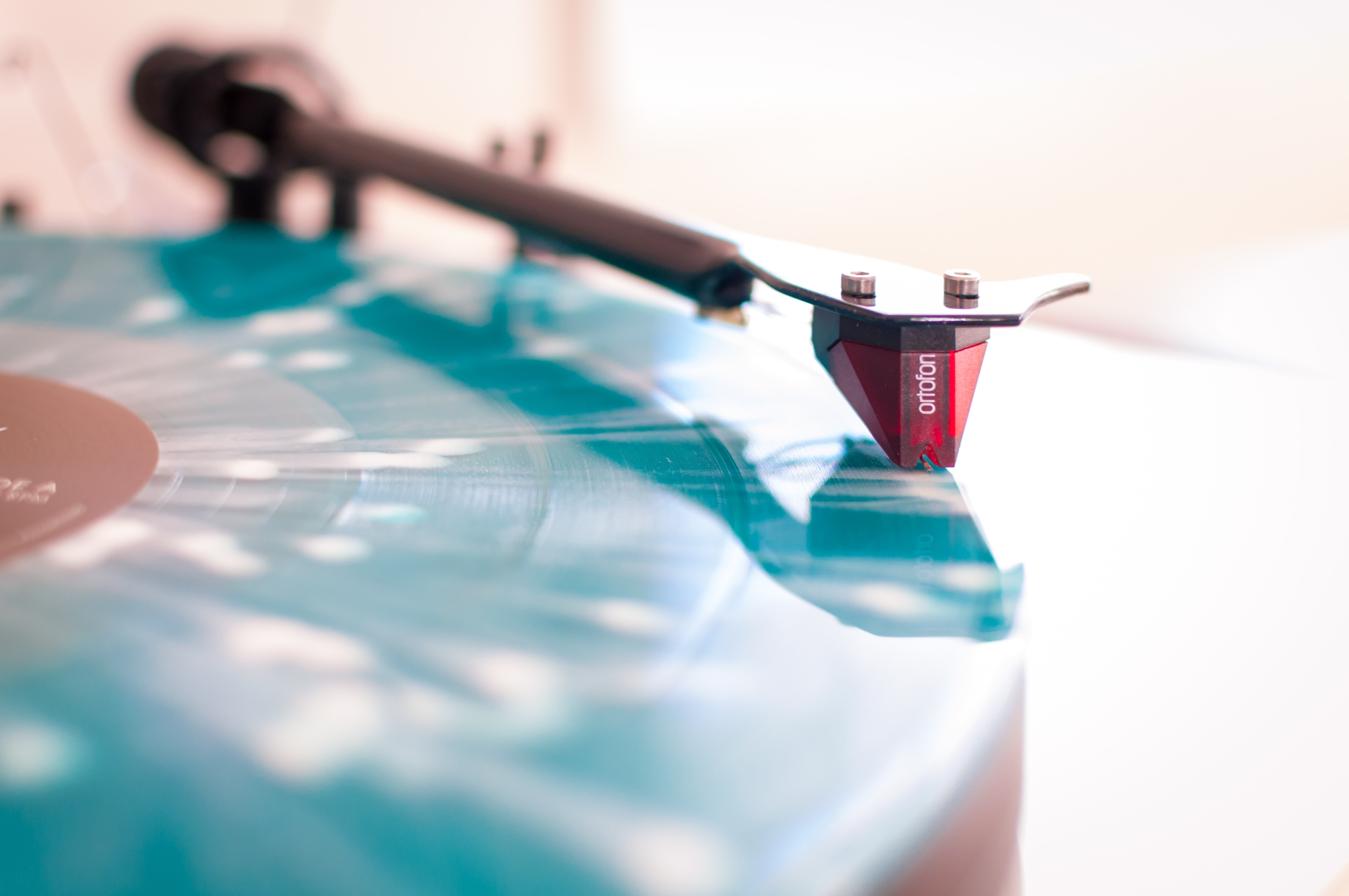
Inspecting the tonearm connections and ensuring they are secure can also help eliminate distorted audio.
Also check out: On the hunt for the perfect portable turntable? Discover the key factors to consider when choosing your new music companion. Spin those tunes wherever you go!
Maintaining Your Record Player for Optimal Performance
Keep your record player spinning like a dream with a little TLC! Regular maintenance is the key to unlocking the ultimate vinyl experience.

Some tips for cleaning and caring for your turntable include gently brushing the stylus, wiping down the platter and other surfaces, and periodically checking for loose connections between speakers or components.
Proper storage of your vinyl records will also ensure they remain in good condition and produce high-quality sound.
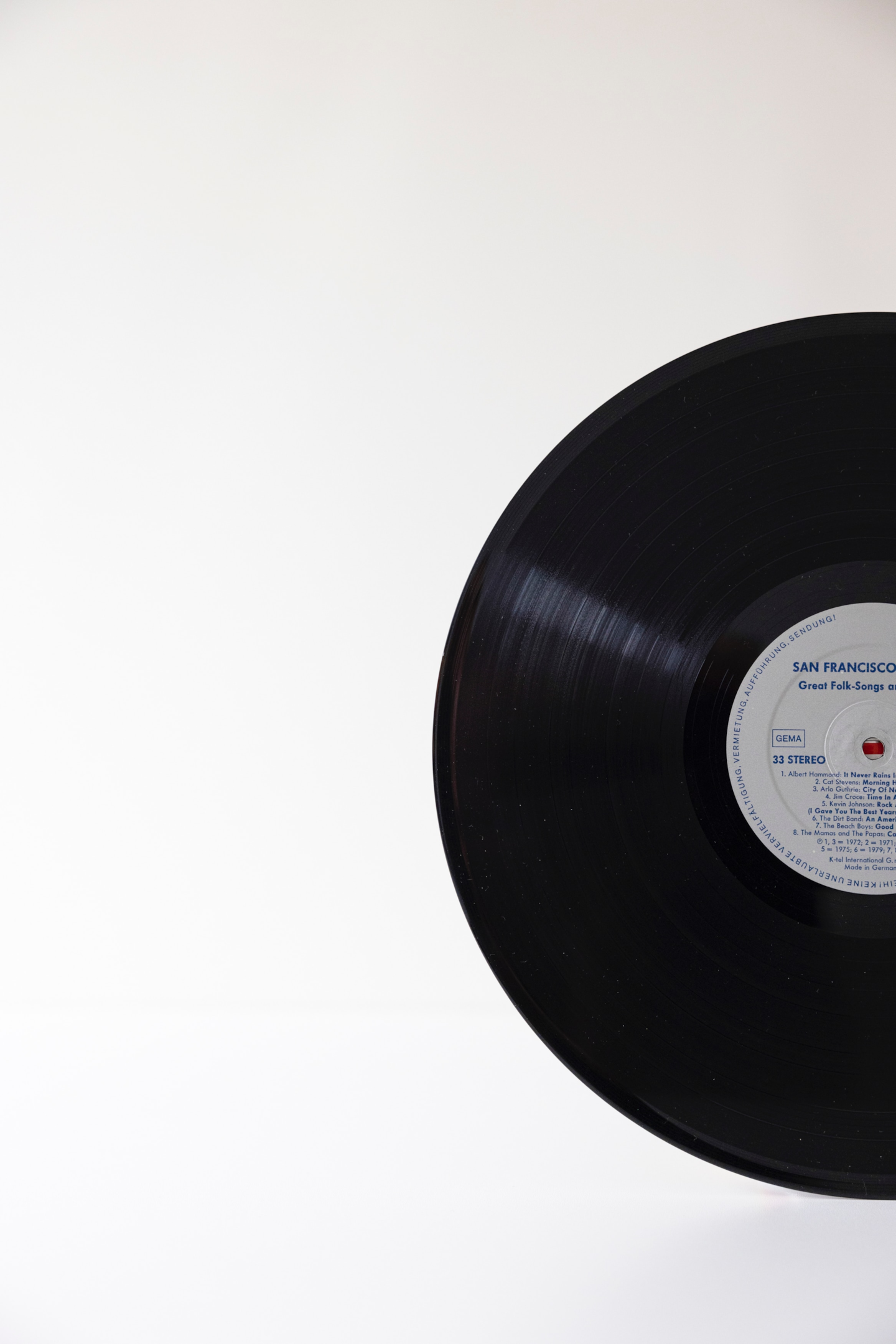
Conclusion
Get ready to master turntable repair 101! Tackle those common hiccups, keep your record player in tip-top shape, and groove to your fave vinyl tunes interruption-free.
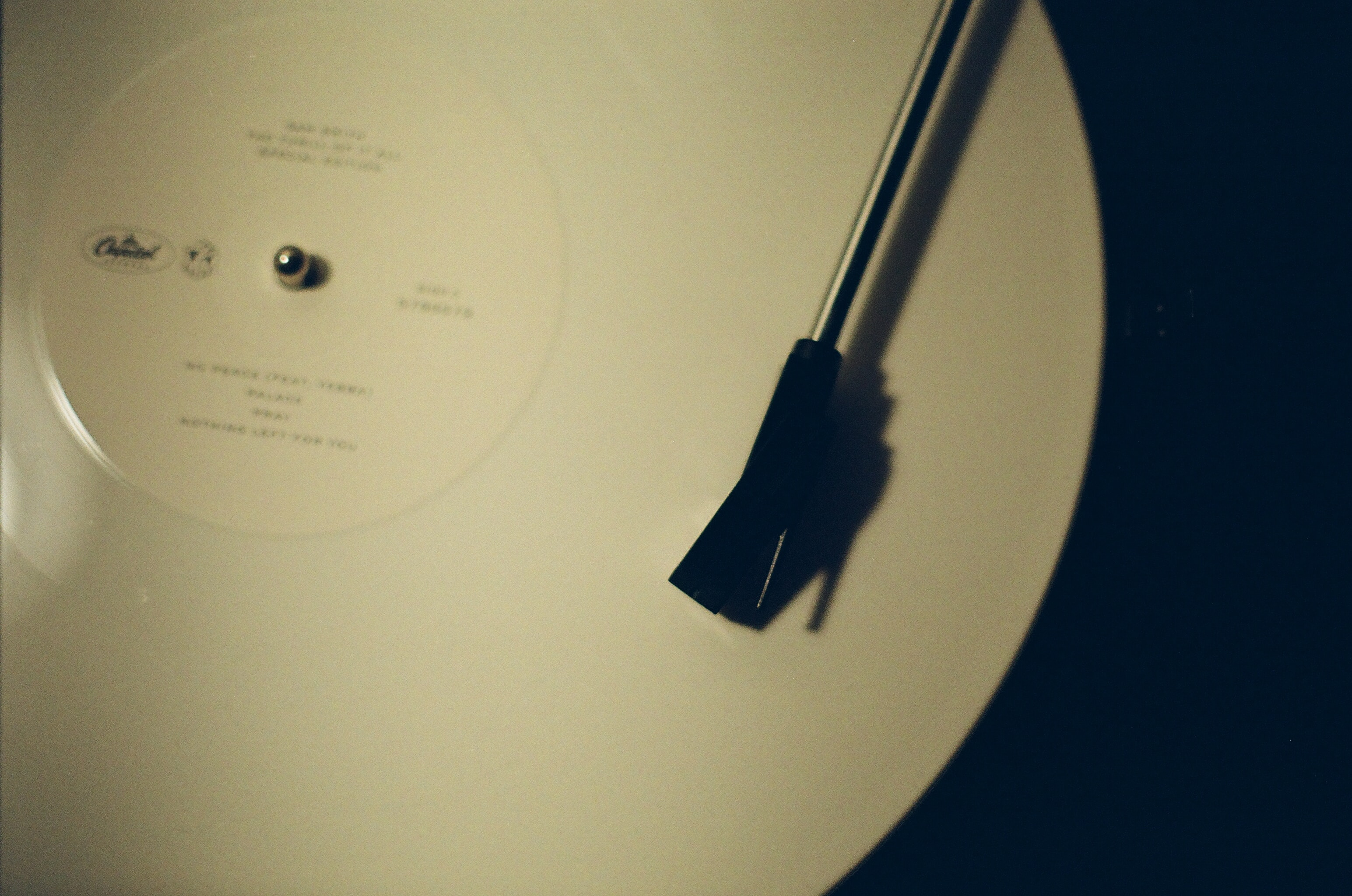
If you encounter an issue beyond your expertise or comfort level, don't hesitate to consult with a professional turntable repair service.
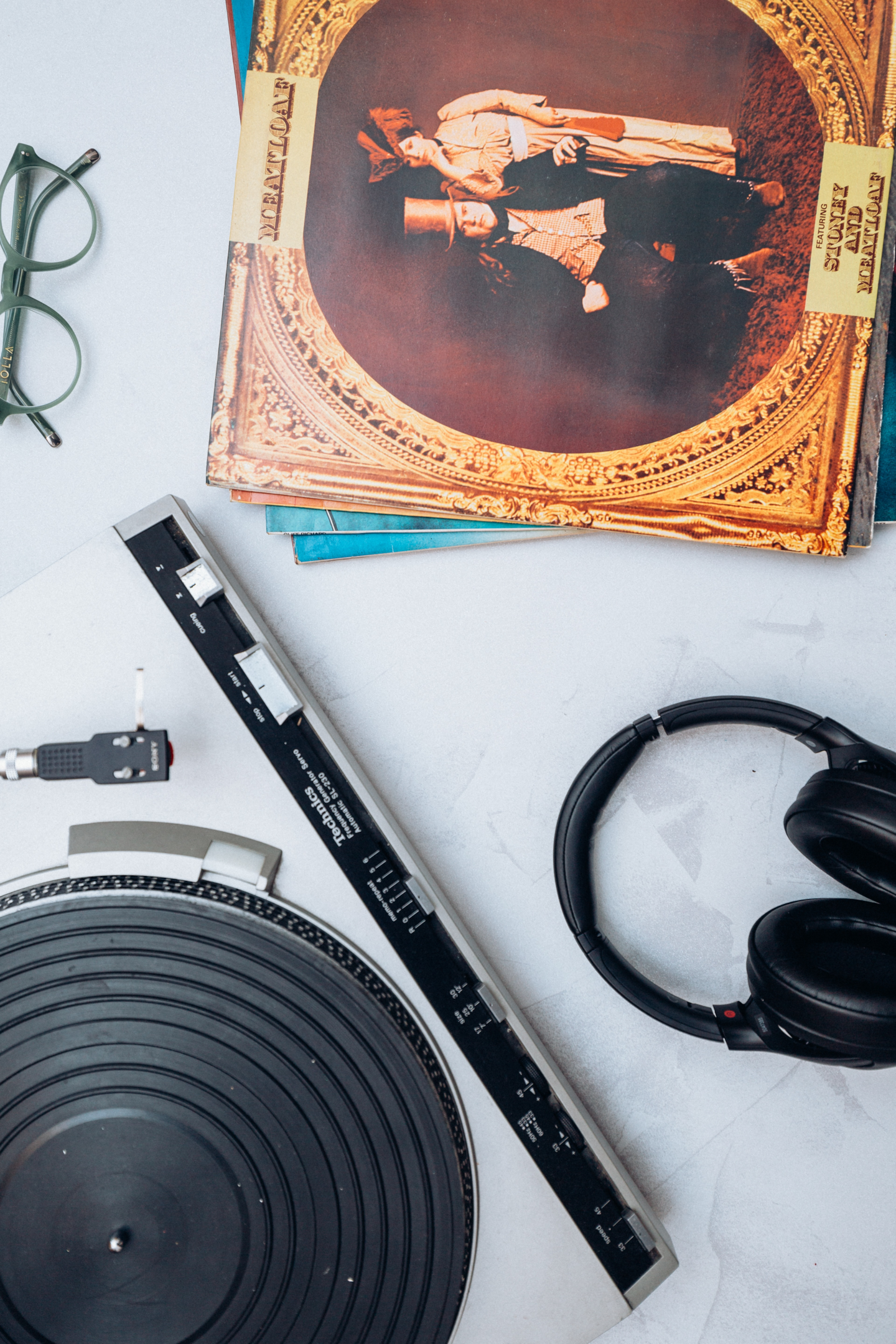
They have the necessary skills, tools, and experience to diagnose and fix problems efficiently and effectively.
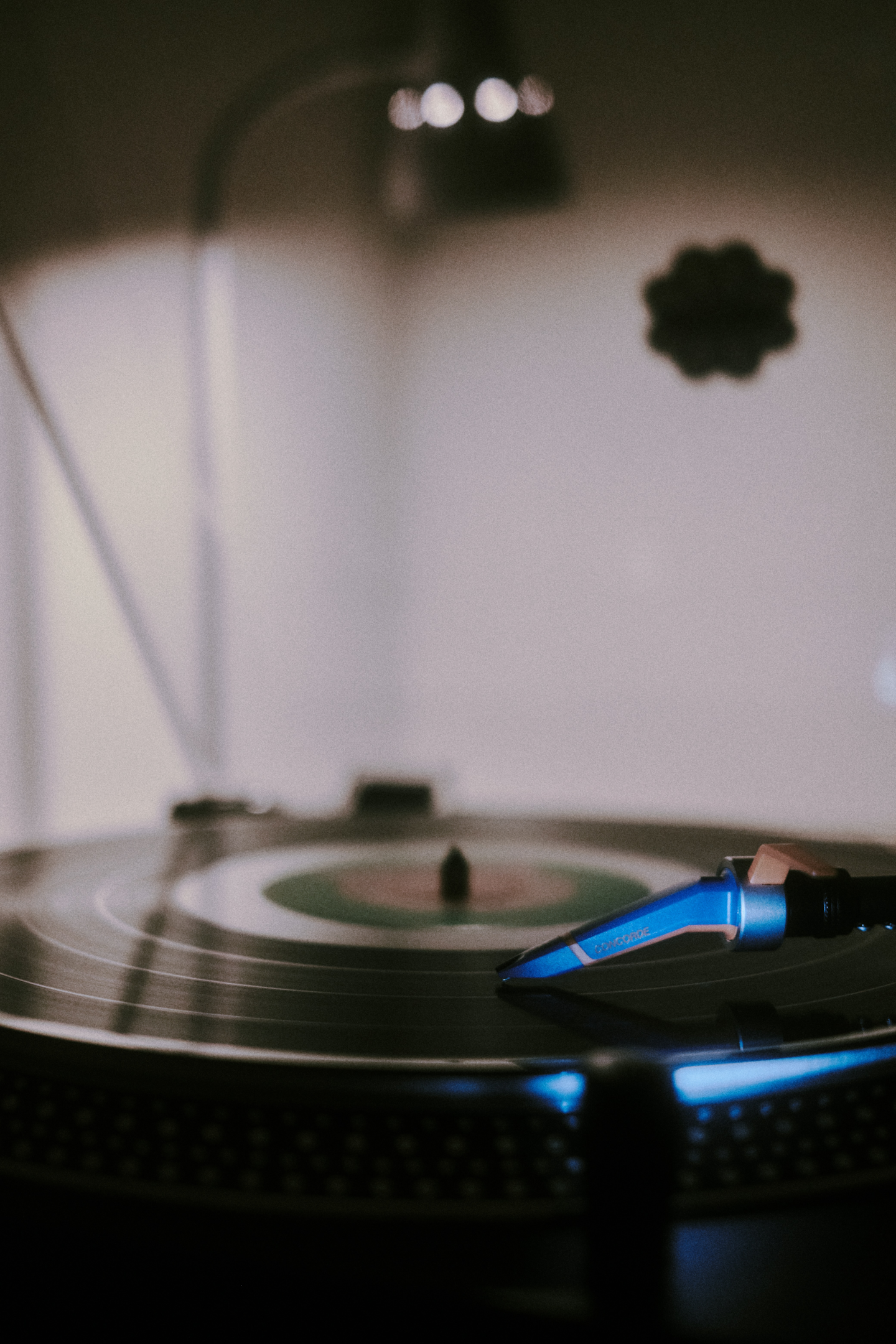
By staying proactive in maintaining and repairing your turntable, you'll ensure that the rich sounds of vinyl continue to fill your home for years to come, creating a timeless and immersive listening experience that's hard to replicate with digital formats.
